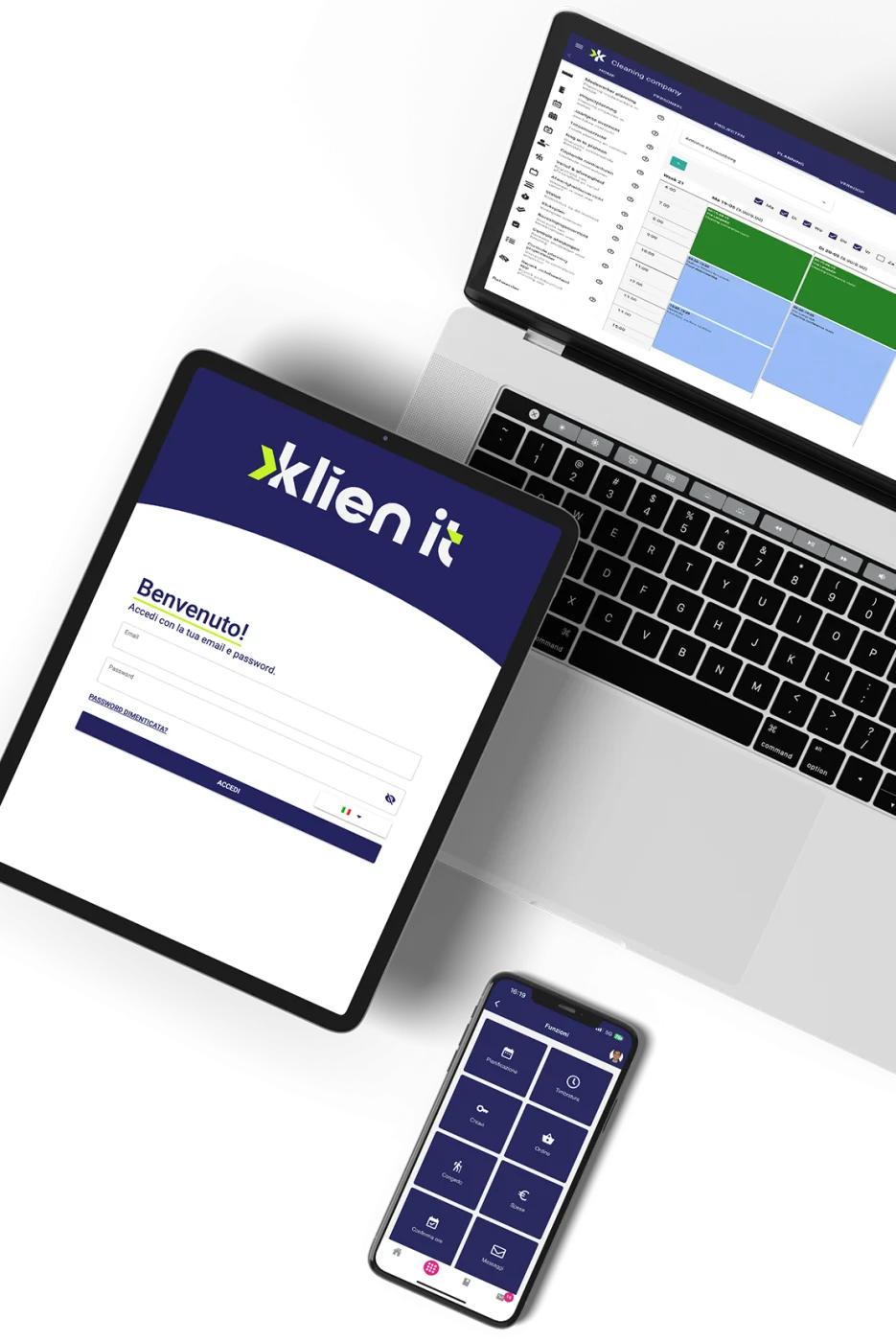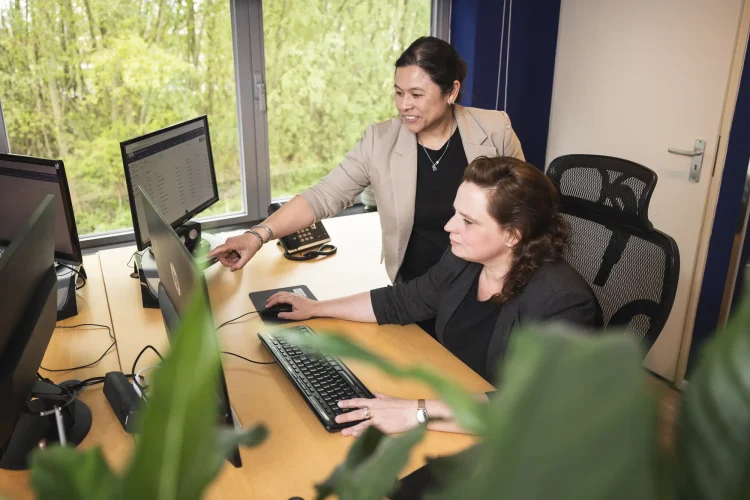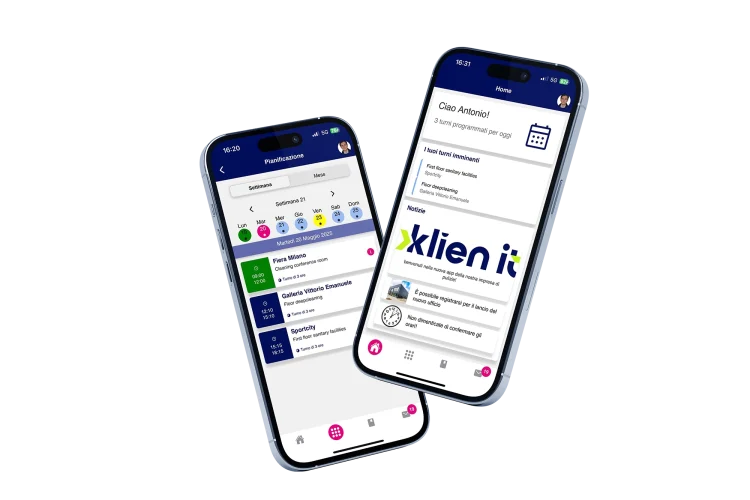Running a cleaning company means balancing many moving parts. A good planning system can make all the difference. But with so many cleaning planner software options on the market, choosing the right one can feel overwhelming.
The truth is, not all tools are created equal. The right software can save you hours of admin work, improve communication, and strengthen client relationships. The wrong one, however, can slow your team down and create more confusion. So how do you make the right choice?
Why cleaning planner software matters
In a busy cleaning business, manual planning can quickly become a bottleneck. Spreadsheets, paper rosters, and text messages might work for a while, but as your client base grows, so does the complexity of managing it all.
A digital planning tool centralizes your operations, allowing you to schedule shifts, assign tasks, track attendance, and communicate with your team in one place. The result is a smoother workflow, fewer mistakes, and better visibility for managers and cleaners alike.
Common challenges when choosing software
When comparing cleaning planner tools, many businesses focus only on the price tag, but that can be a costly mistake. A cheaper option might save money upfront, but if it’s difficult to use, lacks key features, or doesn’t integrate with your existing systems, it will cost more in the long run.
Some common pitfalls include:
Complicated setup, limited and general features, poor mobile usability, and lack of support.
What to look for in a great cleaning planner
A good planning tool should simplify your operations, not complicate them. When evaluating your options, consider these key factors:
- Ease of use: your team should be able to understand and use the software without long training sessions.
- Mobile access: cleaners should be able to check schedules, clock in, and receive updates directly on their smartphones.
- Real-time communication: updates, changes, and messages should be instantly visible to everyone involved.
- Integration: the system should connect seamlessly with your payroll, time tracking, or invoicing tools.
- Automation: automatic scheduling, reminders, and reporting save time and reduce manual errors.
A reliable system brings together planning, communication, and reporting into one smooth workflow, helping you stay on top of operations even as your company expands.
How to make the right decision
Before committing to a specific tool, take time to assess your company’s unique needs. Ask yourself:
- What are the biggest challenges we face today — scheduling, communication, or reporting?
- How many people will need access to the system?
- Which features are essential, and which are “nice to have”?
- Does the software fit within our current workflows, or will it require big changes?
Involve your team in testing, especially supervisors and cleaners who’ll use the system daily. Their feedback will help you understand what works in practice, not just on paper.
The long-term benefits of choosing well
Investing in the right planning software pays off in many ways. You’ll reduce administrative work, minimize scheduling errors, and keep your team better connected. Clients benefit too, with more consistent service and faster response times.
When planning becomes easier, your team becomes more productive, morale improves, and your company gains a reputation for reliability. That’s the real return on investment.



